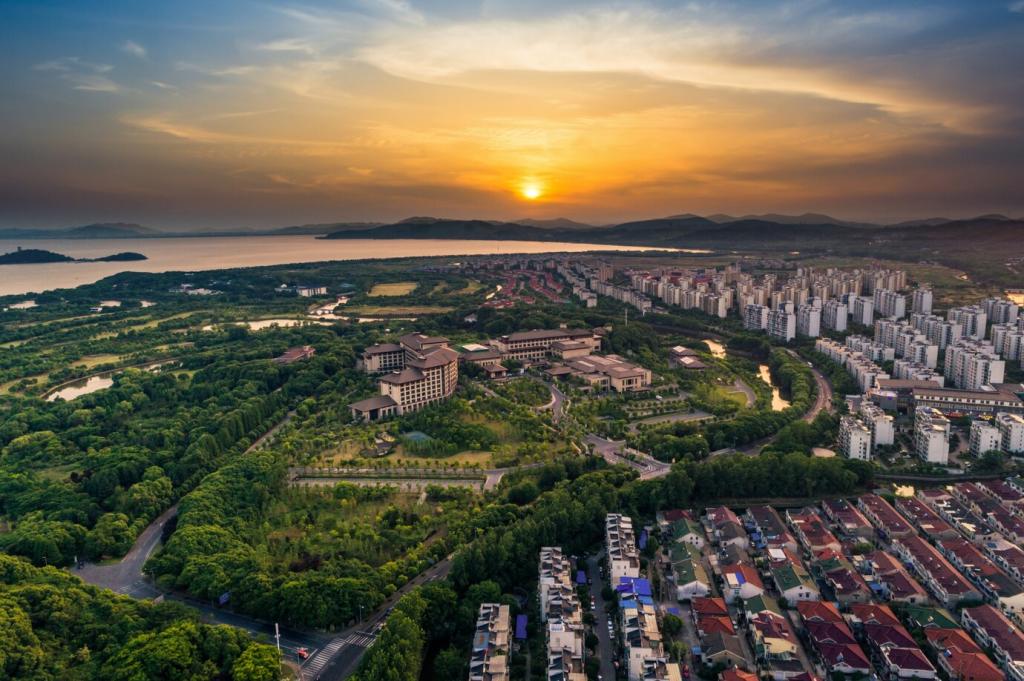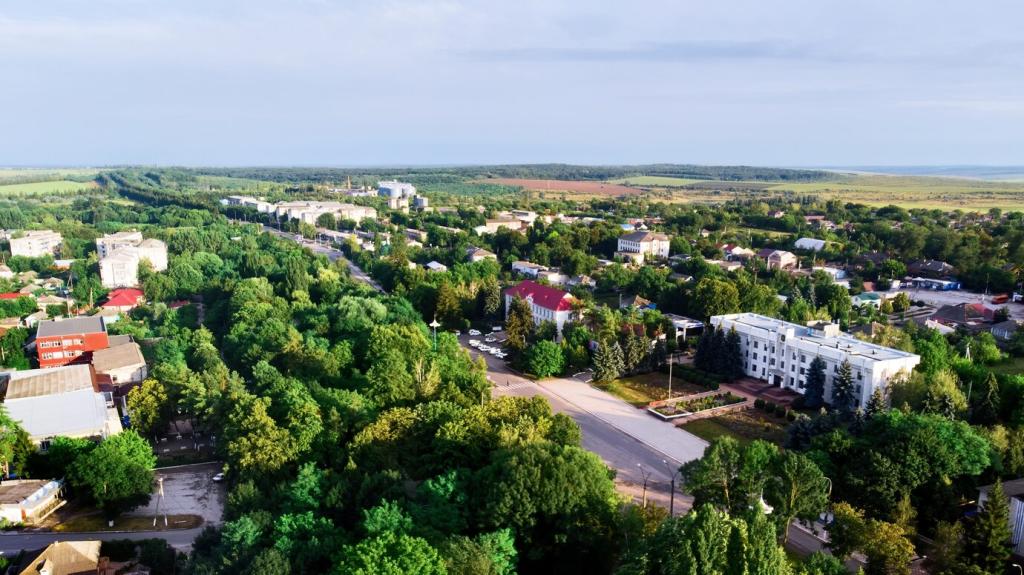Sustainable Living Trends in Tourist Hubs

Eco-Friendly Hotels and Resorts
Many tourist hubs are now home to hotels and resorts that emphasize environmental responsibility. These properties incorporate solar panels, rainwater harvesting, and green roofs to minimize energy and water use. They also strive to reduce single-use plastics by offering reusable alternatives, bulk toiletries, and composting organic waste. Interior designs often utilize locally sourced, sustainable materials, creating a harmonious blend of comfort and eco-consciousness. By aligning with global green certification standards, these accommodations set the benchmark for sustainability and demonstrate to guests that luxury can coexist with environmental stewardship.

Renewable Energy Integration
A key trend among tourist destinations is the integration of renewable energy sources into daily operations. Many hotels, attractions, and public facilities are investing in solar, wind, and geothermal technologies to meet their power needs. This shift reduces their reliance on fossil fuels and lowers greenhouse gas emissions substantially. Charging stations for electric vehicles and e-bikes are becoming commonplace, serving both visitors and local residents. By visibly embracing renewable energy, tourist hubs reinforce their commitment to sustainability while offering travelers the opportunity to support clean energy initiatives during their stay.

Waste Reduction Programs
Successful tourist destinations are pioneering waste reduction programs to address the significant environmental impact of tourism-generated litter. Initiatives such as comprehensive recycling campaigns, food waste composting, and reusable water bottle stations help reduce landfill burdens and encourage responsible consumption. Some cities have even implemented zero-waste targets, challenging hospitality and retail partners to adopt circular economy principles. By partnering with local businesses and educating visitors, these programs foster a community-driven approach to waste management that extends well beyond the vacation experience.
Sustainable Transportation Solutions
Cities and resorts popular with tourists are investing heavily in modernizing public transportation. These enhancements include expanding electric bus fleets, introducing light rail systems, and optimizing route efficiency to serve key attractions and accommodations. The result is a reduction in traffic congestion and vehicle emissions, making urban environments cleaner and more pleasant for both residents and visitors. Accessible fare systems and multilingual travel guides ensure that travelers can seamlessly navigate transit networks, encouraging greater use and supporting collective sustainability goals.


Local Food Movements
Tourist destinations are embracing the farm-to-table ethos, focusing on locally sourced and organic ingredients in their culinary scene. Markets and restaurants prioritize partnerships with regional farmers and fishers, reducing food miles and supporting sustainable agricultural practices. Food tours and cooking classes now often highlight heritage crops and traditional recipes, creating enriching experiences for visitors while supporting local economies. These efforts contribute to biodiversity conservation and reduce the carbon footprint associated with imported goods, making every meal a step toward sustainability.
Collaborative Conservation Projects
Conservation initiatives in tourist hubs increasingly rely on active collaboration between local communities, government agencies, and non-profit organizations. Programs aimed at restoring natural habitats, protecting endangered species, and promoting responsible tourism practices draw upon local knowledge and expertise. Many destinations invite travelers to participate in hands-on conservation work, from beach clean-ups to tree planting, which cultivates a deeper respect for the natural environment. These collaborative projects build bridges between visitors and residents, ensuring that conservation efforts are inclusive, effective, and enduring.
Cultural Heritage Preservation
Sustaining the unique cultural identity of tourist destinations is a critical aspect of sustainable living. Efforts to preserve traditional crafts, music, language, and architecture are often led by local artisans, historians, and community leaders, with support from both public and private sectors. Tourists are encouraged to experience authentic cultural events and purchase locally made products, contributing directly to the vitality of the community. By valorizing intangible heritage alongside environmental programs, these initiatives ensure that tourism bolsters—not erodes—the social fabric of host destinations.
